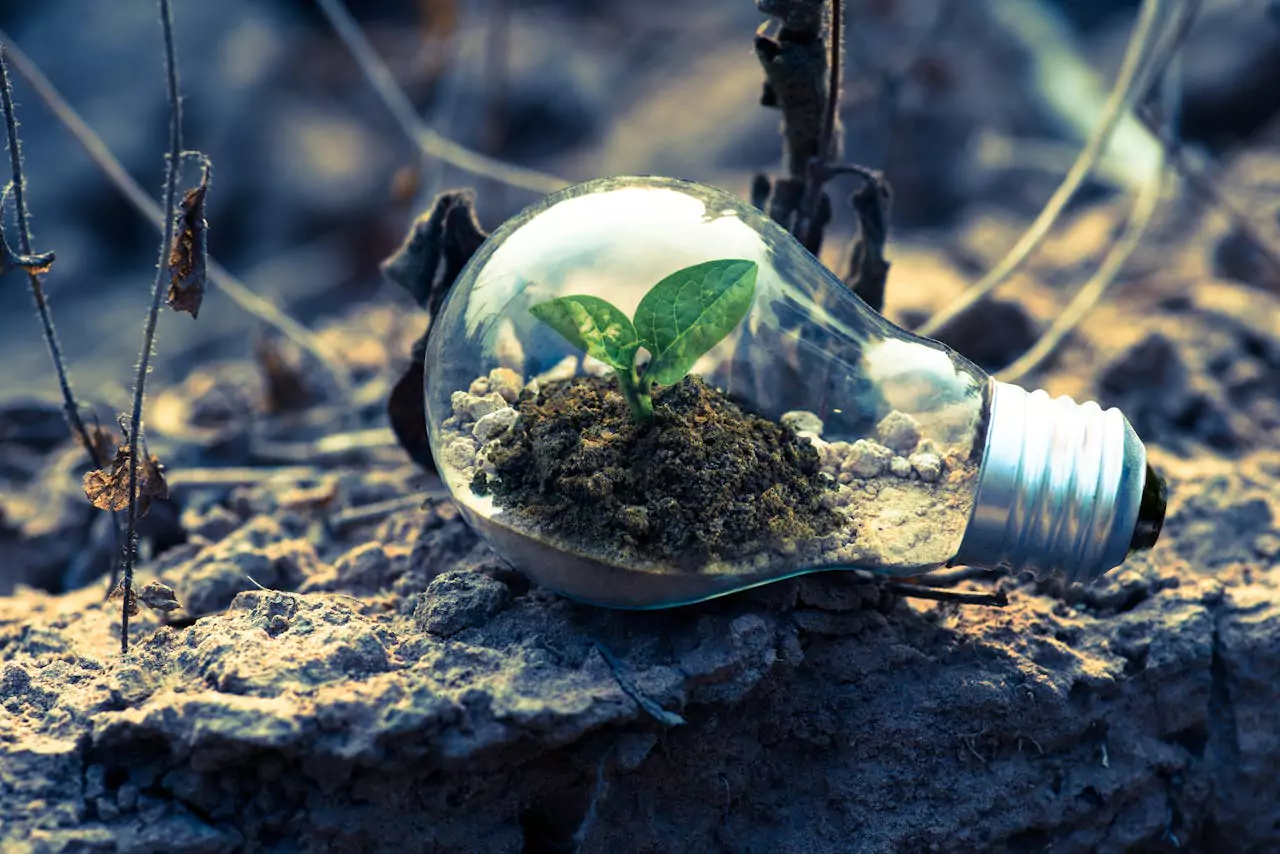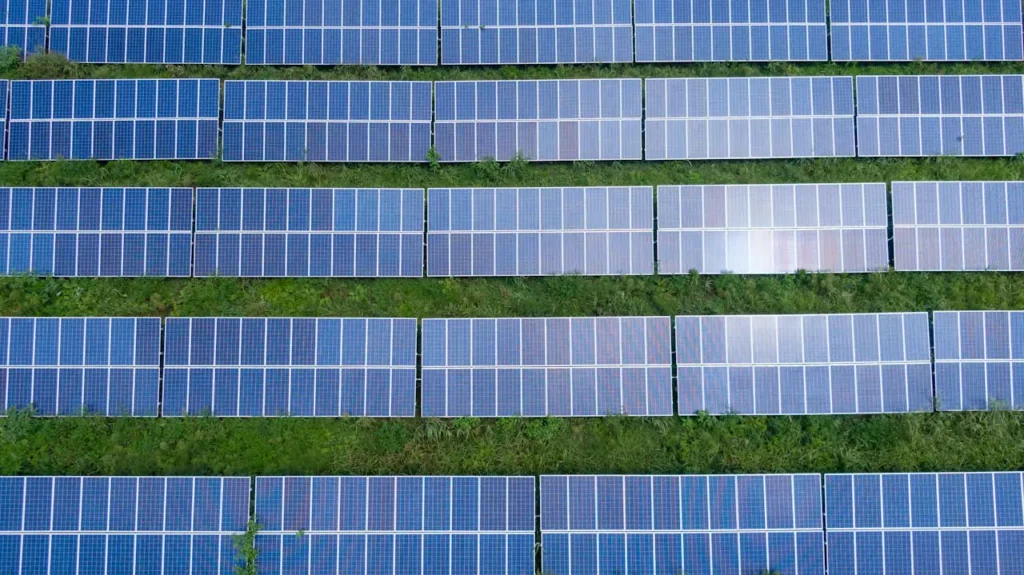
Renewable Revolution Is It Possible for Factories to Operate Solely on Renewable Energy
At Hindustan Unilever Limited, our mission is grounded in sustainability. As the world faces escalating environmental challenges, we are taking bold, measurable steps to reduce our carbon footprint and transition to cleaner, greener energy sources. Through the adoption of solar and wind power, cutting-edge digital technologies, and energy optimization strategies, we are reimagining the way we manufacture—prioritizing the planet without compromising on business growth.
Despite growing awareness of climate change, nearly 80% of the global energy supply continues to depend on fossil fuels such as coal, oil, and gas. These non-renewable energy sources are among the primary contributors to rising greenhouse gas emissions and accelerating global warming. Reports from NASA and the Intergovernmental Panel on Climate Change (IPCC) indicate that the Earth’s average temperature is on track to increase by 1.5°C—an alarming threshold that could trigger irreversible consequences, including extreme weather patterns, rising sea levels, and loss of biodiversity.
Recognizing the urgency of the situation, we have made it our mission to lead by example—embracing renewable energy and embedding sustainability across all facets of our operations.
Green Energy at the Heart of Our Operations
The transformation of our manufacturing processes began with a clear objective: reduce dependence on fossil fuels and move toward 100% renewable energy. Today, we’re proud to say that this vision is becoming a reality.
As of December 2024, 14 of our manufacturing sites have successfully transitioned to 100% renewable energy. These sites meet strict criteria, including achieving zero carbon emissions from Scope 1 and Scope 2 sources. Compared to our 2008 baseline, we’ve reduced our total energy consumption by 45%, measured in gigajoules per tonne of production.
This achievement represents more than just numbers—it reflects our commitment to environmental stewardship and our ability to scale innovation for long-term impact.
Scaling Up Renewable Energy: Solar and Wind Initiatives
One of the cornerstones of our green energy journey is the large-scale deployment of solar and wind power systems. To date, we have installed 30 megawatts (MW) of solar panels across various factory rooftops, with an additional 1 MW currently under development. Beyond on-site generation, we’ve secured a 45 MW offsite solar project that will soon augment our clean energy capacity.
In parallel, our wind energy portfolio continues to grow. We currently operate a 10 MW wind farm, with an additional 3 MW under development. In 2024 alone, solar and wind energy accounted for 15% of our total electricity consumption—a figure that we expect to increase significantly in the coming years.
Maximising Efficiency Through Smarter Energy Consumption
While renewable generation is a crucial component, optimizing how we consume energy is equally vital. We’ve deployed a range of high-efficiency technologies to minimize waste and maximize productivity:
- High-efficiency motors and Variable Frequency Drives (VFDs) have been installed to dynamically adjust power usage based on operational needs, especially in systems like conveyors and HVAC units.
- Magnetic chillers, which operate without oil and use magnetic levitation, consume up to 30% less electricity than conventional chillers. These systems not only reduce energy usage but also improve operational efficiency by lowering noise levels and maintenance requirements.
Cleaner Thermal Energy: Biomass and Beyond
Our thermal energy strategy is centered on replacing fossil fuels with cleaner alternatives like biomass. By utilizing agricultural by-products—such as bagasse briquettes, mango seeds, and corn husks—as fuel for our biomass boilers and thermic fluid heaters, we’ve diversified our energy sources and reduced dependency on volatile fossil fuel markets. In 2024, despite a 4% rise in biomass prices, we achieved a 12% reduction in overall fuel costs, thanks to our flexibility and innovation.

The introduction of blend-flex fuel technology allows our boilers to seamlessly operate with a variety of biomass fuels, ensuring both cost-efficiency and fuel availability.
We’ve also taken steps to improve the efficiency of thermal energy consumption. Our condensate recovery systems capture and recycle steam condensate, which retains up to 30% of the original energy used in steam generation. Additionally, optimized air distribution systems and pressure separation between high and low-pressure airlines have contributed to a 7% reduction in overall energy use.
Looking forward, we are embracing electric boilers as a cleaner alternative for thermal energy production. These compact, energy-efficient systems align with our renewable energy goals and reduce carbon emissions associated with traditional heating methods.
Advanced Technologies: The Digital Backbone of Energy Efficiency
Digital transformation is playing a pivotal role in making our energy management systems smarter and more responsive. Using real-time monitoring and analytics, we are creating a more agile and data-driven approach to sustainability.
One of our most impactful initiatives has been the integration of digital twin technology. These virtual replicas of critical systems, such as biomass boilers, allow us to simulate performance, identify inefficiencies, and fine-tune operations to reduce fuel consumption and emissions.
Artificial Intelligence (AI) and machine learning algorithms are also helping us optimize combustion processes, maintain equipment performance, and lower emissions. Through our partnership with Tata Consultancy Services (TCS), we’ve implemented the Clever Energy™ platform—an AI-driven solution that offers real-time insights into energy usage and efficiency improvements. This platform has already contributed to a 5–6% reduction in energy costs across our facilities.
Our Real-time Visualisation & Analytics (RTVA) system further enhances operational visibility by monitoring key equipment like compressors and boilers. By enabling remote adjustments and performance optimization, RTVA ensures that every kilowatt of energy is used purposefully and efficiently.
Commitment to a Greener Tomorrow
Our energy transformation journey is far from over—but the progress we’ve made reinforces our commitment to a more sustainable, low-carbon future. We continue to invest in renewable energy, adopt innovative technologies, and refine our processes to ensure we are building an environmentally responsible supply chain that also drives business growth.
At Hindustan Unilever Limited, sustainability is not an afterthought—it’s embedded in everything we do. By transforming our operations through renewable energy, digital technologies, and smart consumption strategies, we are not only reducing emissions but also setting a benchmark for the industry.
Together, with dedication and innovation, we are creating a greener world—one step, one initiative, and one factory at a time.





